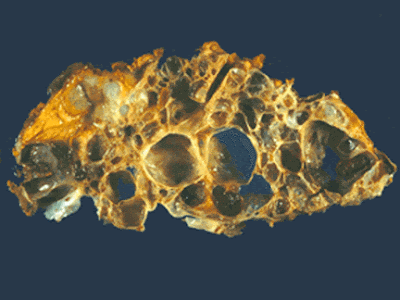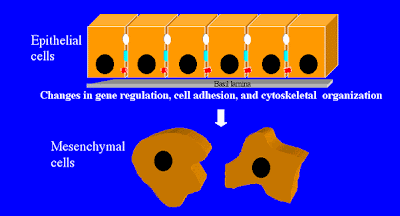 One of the interesting ongoing protocols at the Massachusetts General Hospital Kidney Transplant Program is the combined kidney/bone marrow transplant protocol. The idea here is to transplant both kidney & hematopoeitic stem cells from the same donor, which will hopefully induce a state of immune tolerance that allows a sparing (and ideally a complete cessation) of immunosuppressive drugs without inducing rejection. The protocol would be most useful in younger patients who want their kidney transplants to last for as long as possible--with a goal of minimizing the use of calcineurin inhibitor therapy, which we know can lead to progressive allograft toxicity over the long-term.
One of the interesting ongoing protocols at the Massachusetts General Hospital Kidney Transplant Program is the combined kidney/bone marrow transplant protocol. The idea here is to transplant both kidney & hematopoeitic stem cells from the same donor, which will hopefully induce a state of immune tolerance that allows a sparing (and ideally a complete cessation) of immunosuppressive drugs without inducing rejection. The protocol would be most useful in younger patients who want their kidney transplants to last for as long as possible--with a goal of minimizing the use of calcineurin inhibitor therapy, which we know can lead to progressive allograft toxicity over the long-term.As described in this recent review by Megan Sykes, nonmyeloablative regimens are given--with the goal of not being so toxic as to result in marrow failure but sufficiently strong enough to overcome the potential reactivity of T-cells reactive to the HLA-mismatched donor stem cells. Apparently the key is to generate a state of mixed chimerism (some bone marrow cells from the recipient, some from the donor) to prevent rejection and avoid complications such as graft-versus-host disease.
In the following 2008 NEJM article, five patients with ESRD underwent a combined kidney/bone marrow transplant. This pilot study has been declared a relative success given that four of the five patients have successfully been weaned off of immunosuppression, without rejection, over a follow-up period of between 3-6 years.
Interestingly, some of the patients enrolled in this protocol develop a delayed graft function, with biopsies that look like rejection. Shouldn't these patients be LESS prone to rejection given that matched nature of the kidney & stem cells transplanted as well as the additional myeloablative therapy that is given beforehand? It turns out that the stem cell transplantation process is associated with a "cytokine storm"-type situation which may render the patient at high risk for allograft damage in the immediate post-setting. Fortunately, this appears to be a transient issue and most of the time the allograft function recovers nicely.




































